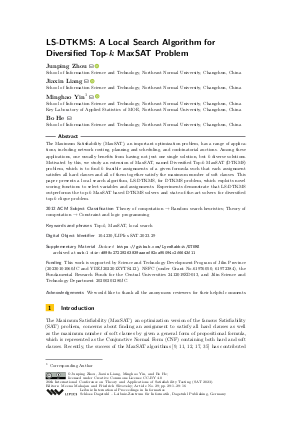LIPIcs.SAT.2023.29.pdf
- Filesize: 1.04 MB
- 16 pages

 Creative Commons Attribution 4.0 International license
Creative Commons Attribution 4.0 International license





Feedback for Dagstuhl Publishing